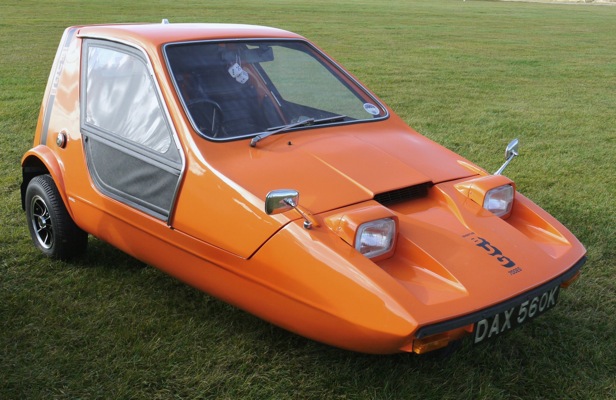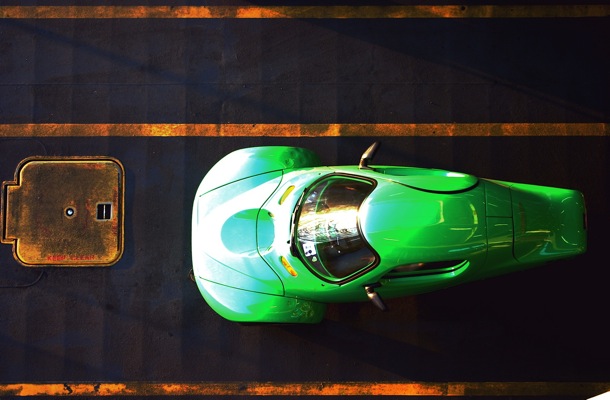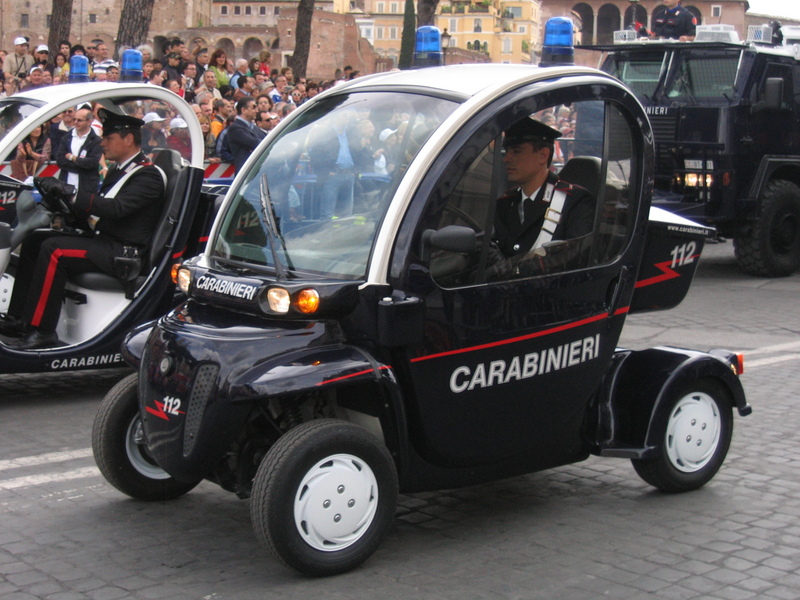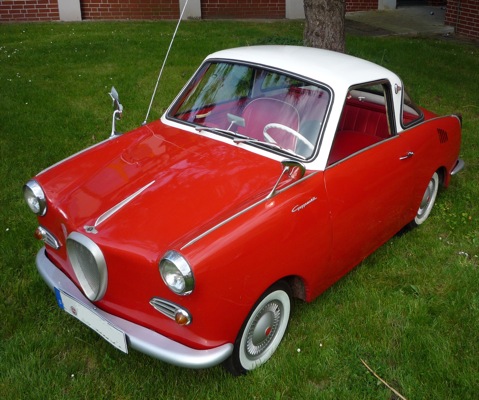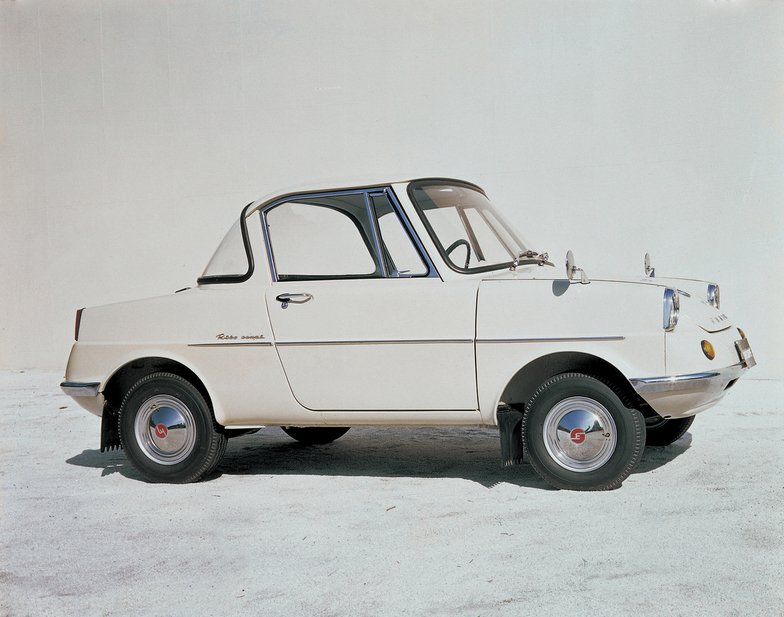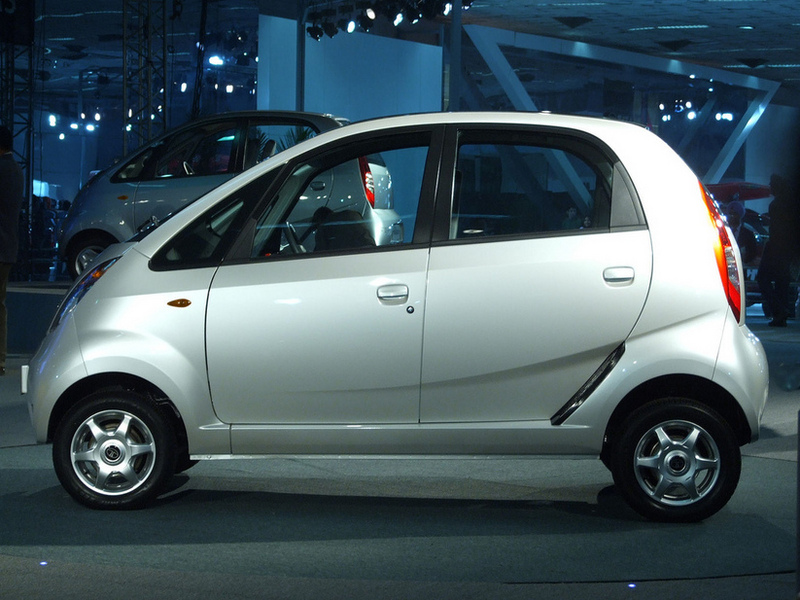|
Send this page to a friend! Fill in the form bellow | ||
Car Culture
autoviva2012-10-24 10:09:36
0comments
Tiny Cars on a Mission
Micro cars, bubble cars, city cars, compact cars ... there are many words to describe simply tiny cars. Some of these cars are so small, one normal sized person barely fits in.
Most small cars have rather strange shapes, they come along as bubbles or triangles, as they try to comfort the drivers on the smallest available space. Some even spare the fourth wheel and are on the brink of bicycle-car hybrid. And on top of that all they make the passengers look disproportionately tall as compared to the vehicle. Just like a baby that has grown out of its buggy.
While regular cars are often status-symbols, these small cars in their diminutive character do not really serve that purpose so well. So what is it, that explains their existence on the market? What makes them desirable? And not at least what explains the cultic status, some of them have gained over time?
There might be two major rationales behind the mini-cars:
Firstly, they are attainable for people with small incomes. Hence, for many they are symbols for economic bettering. What was the Isetta BMW-IsettaGermany, 1955 > 19626 models
BMW-IsettaGermany, 1955 > 19626 models
120 photos
2 videos
in Europe throughout the post-war economic boom is the Tata Nano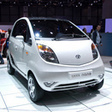 Tata NanoIndia, 2007 > 20073 versions
Tata NanoIndia, 2007 > 20073 versions
6 photos
1 video
to India nowadays. These cars are simply functional for the little man. And in the collective cultural memory they become the symbols of these days of economic boom.
 BMW-IsettaGermany, 1955 > 19626 models
BMW-IsettaGermany, 1955 > 19626 models120 photos
2 videos
in Europe throughout the post-war economic boom is the Tata Nano
 Tata NanoIndia, 2007 > 20073 versions
Tata NanoIndia, 2007 > 20073 versions6 photos
1 video
to India nowadays. These cars are simply functional for the little man. And in the collective cultural memory they become the symbols of these days of economic boom.
Recently, these micro cars have had a comeback in the developed world as well. In times of urban congestion and environmental concerns, low-consumption and space-efficient compact cars are a key in the industry’s efforts to answer consumer demands. Models like the smart smartGermany, 1994 > present13 models
smartGermany, 1994 > present13 models
897 photos
4 videos
or the Renault Twizy Renault TwizyFrance, 2010 > present24 versions
Renault TwizyFrance, 2010 > present24 versions
52 photos
, are embodiments of a zeitgeist that asks for more sustainable ways of driving.
 smartGermany, 1994 > present13 models
smartGermany, 1994 > present13 models897 photos
4 videos
or the Renault Twizy
 Renault TwizyFrance, 2010 > present24 versions
Renault TwizyFrance, 2010 > present24 versions52 photos
, are embodiments of a zeitgeist that asks for more sustainable ways of driving.
And once in a while a little one even comes to challenge the conventional notions of what is big time entertainment on the racing tracks Mini Cooper SUnited Kingdom, 1965 > present2 photos
Mini Cooper SUnited Kingdom, 1965 > present2 photos
.
 Mini Cooper SUnited Kingdom, 1965 > present2 photos
Mini Cooper SUnited Kingdom, 1965 > present2 photos.
For some iconic as well as some lesser known examples of small cars, please browse our gallery below:
Isetta
The Isetta was designed and built by the Italian automaker Iso Motors SpA. The first Isetta was presented in Turin in November 1953 and was an immediate success. Because of its egg-shape and bubble-like windows, Isetta became known as the bubble car. Isetta’s were built under license in countries like the UK, Germany, Belgium, France Spain and Brazil.Bond Bug
The Bond Bug is a tiny two-seater rolling on three-wheels. It was produced during the 1970s. It was designed by Tom Karen and had a wedge-shape with a lift-up canopy and side screens instead of conventional doors. The Bug was sporty on the road with 78 mph (126 km/h) but also came at a relatively high price of £629, compared to £620 for a basic Mini.Smiles CityEL
The CityEl is a more modern interpretation of the micro car, but seems to draw some inspiration from the Bond Bug. The electric 3-wheeled vehicle opens its entire top-half upwards in order to allow the only passenger in.Corbin Sparrow/Myers Motors NmG
Another recent take on the bubble car was attempted by Corbin Motors and subsequently Myers Motors. The Sparrow is a single-passenger, three-wheeled, battery electric vehicle with a range of 32 to 64 km (20 to 40 miles) and a top speed of 112 km/h (70 mph). It was developed for individual mobility in the urban space.Fiat 600 Multipla
A more classic example of the micro car is the Fiat Multipla, which was at the time the family-van based on the Fiat 600 model. The Italian make celebrated great sucesses with its economic dwarf-cars, the most famous of them being the 500.Global Electric Motorcars
The cars produced by Global Electric Motorcars defined an entirely new vehicle class in the USA, known as Neighborhood Electric Vehicle (NEV). With their electric motor, they reach speeds of up to 40 km/h and a range of about 50 km and are, as the name suggests, designed for travelling around a local area, rather than doing big trips across the country.Messerschmitt Kabinenroller
Messerschmitts were three-wheeler, bubble cars produced by a subsidiary company of the famous aircraft producer Messerschmitt AG. The first model was the KR175, built between 1953 and 1955, which was replaced by the KR200 in 1956. Production of the KR200 was discontinued in 1964. Messerschmitts became very popular in their time due to their low fuel consumption and cost.Renault Twizy
One of the most recent tiny cars, a hybrid between car and scooter, is the Twizy. It stands out thanks to its uncommon look. As an all-electric vehicle, Twizy doesn’t produce any emissions while driving, its engine produces an output of 15kW (20hp) and according to Renault it has a range of 100 km. With this concept, the French brand tries to reach out to a hip, urban clientele.Goggomobil
The Goggomobil microcars were produced from 1955 to 1965 at Dingolfing, Germany. The vehicles were produced by the automaker Hans Glas. Almost 300 thousand Goggomobil units were built in total, in the form of sedans, coupes and wagons. The cars were exported to 68 countries.Mazda R360
Mazda launched its first passenger car, the R360, throughout Japan on May 28, 1960. It was a period of improved income levels and changing lifestyles in the country, with a growing demand of cars.The R360 benefited of a increased manufacturing efficiency that allowed Mazda to introduce models with very low sticker prices. By August 1960, Mazda was already selling more than 2,000 units per month.Peel P50
The Peel P50 is a three-wheeled microcar produced from 1962 to 1965. The P50 is recognized by the Guinness Book of World Records as the smallest road legal production car to ever be manufactured. The microcar was fitted with a one-cylinder 49cc engine with 4hp and a maximum speed of 61 km/h. Running in petrol, the microcar is claimed to have had a combined fuel consumption of 2.8l/100km.Tata Nano
The Tata Nano came to be known as the world’s cheapest car, or the “one-lakh car", produced for the Indian market and targeting the upcoming middle class of the developing nation. The car symbolizes the ambitions of the Indian society and the potential of the Indian industry. In order to achieve the lowest cost possible, Tata Motors reduced the features of the vehicle to the essential necessities.Contribute
publish your news and scoops
Car CultureTop 10ReviewsGeneva Motor ShowElectric CarsHybrid CarsIndustryFormula 1Driving AdviceSafety and TechnologyClassic CarsReports and StudiesNAIASParis Motor ShowFrankfurt Motor ShowAutomobile DesignersWRCWTCCLe MansTuningBrighten Your Weekend
latest articles

Second Ferrari theme park will rise in Spain - 2014.03.16

World's 10 Most Amazing Roads - 2014.02.02
popular articles

World's 10 Most Amazing Roads - 2014.02.02

Circuit of the Americas Is the Latest Auto Addition to Googl...Christopher Bruce - 2013.11.18

Top Gear Guys Select Their Favorite Cars of 2013Christopher Bruce - 2013.12.20
Newsletter
ceroacero | ogol | zerozero.pt | playmakerstats | calciozz | leballonrond | fussballzz | voetbalzz | zerozero.com.ar | soccerzz | zerozero.com.mx | home | about | legal | advertise | FAQ | contact us | editorial team |
© autoviva | memória visual | all rights reserved


